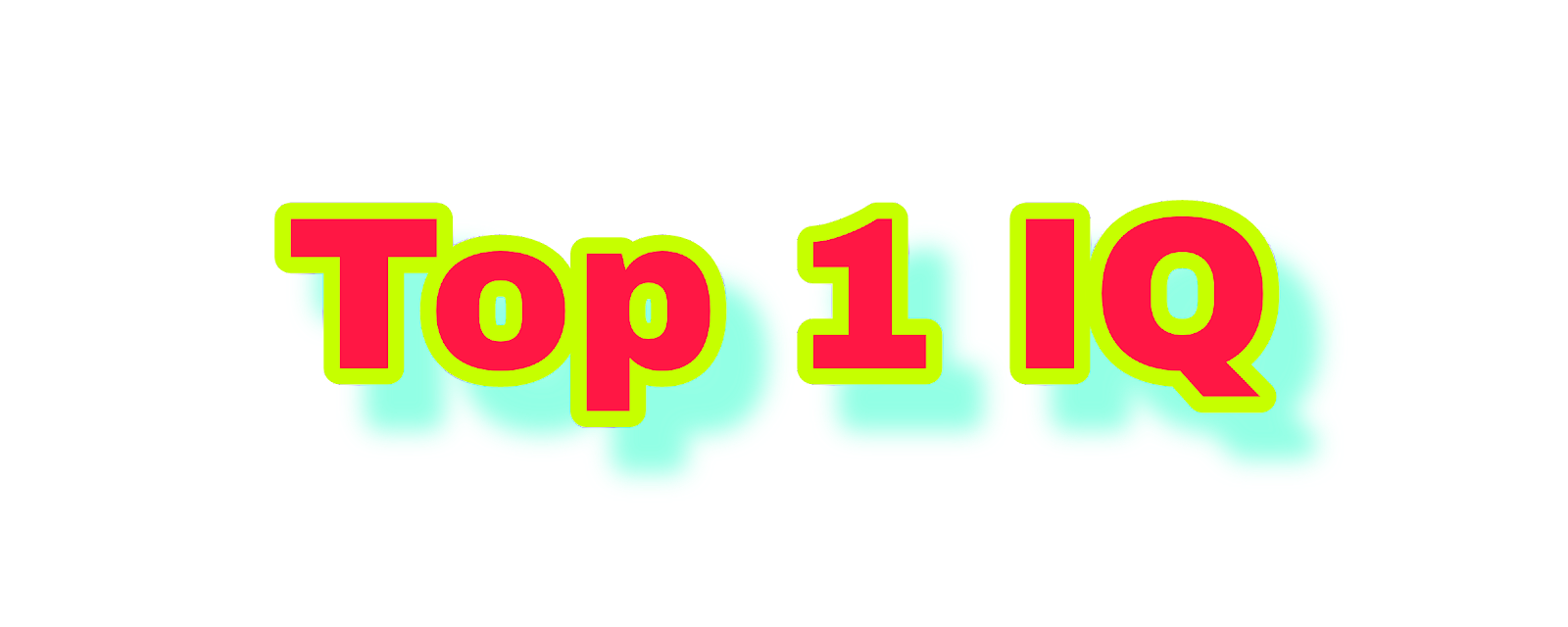URL FULL FORM - What is URL and how it works ?
What is a URL and how does a URL work - url form | Hello Friends, welcome to this new article today. Today I am going to tell you about the URL. And I will give you the information related to the URL in simple language. Like what is a URL, how does the URL work and what is the full form of the URL and you will get a lot of information in this article.
So let's first know what is the full form of the URL?
url full form in Hindi - full form of url
"Uniform resources locator" is the full form of the URL
Now we tell you what the URL is and after that we will know how the URL works.
What is a URL
In simple words, the URL is a medium through which you can visit any website. There are millions of websites on the Internet and each website has its own separate URL. Whatever you visit on the Internet, that web page has a different URL. The URL has been designed in such a way that with its help you can visit any web page on the internet.
A URL is a formatted text string, and the URL is used in web browsers, software, and email clients to find network resources.
Who searched the url
We either know what the URL is but do you know who searched for the URL? Tim berner Lee discovered the URL in 1914.
url parts - components of url
The URLs consist of three parts. The URL is divided into three parts.
protocol designation
address or host name
resource location (file)
Below you are told the format of the URL, you will get to see the format of the URL in this way.
protocol: // host or address / location of resource
The protocol comes first in the format of the URL followed by 3 special characters ": //", then the host, followed by the location of the file.
Now we are going to give you information about these sub strings.
protocol sub string
In general, there are two types of protocols. It is used in URL. "http" and "https" This is the protocol of the two URLs. Each website's URL is preceded by either of these two protocols.
host or address sub string
The host and address contain the name of the domain ie resource. With its help, it is determined from which server to bring the resource.
resource locator
The last and last part of the URL is the resource locator that describes the path of a file.
So now you must know what the URL is and how many URL components are there and which are. What is the full form of the URL and who searched the URL, who invented the URL and when and now it comes to know how the URL works? So let's tell you about it too.
how does url work
As many websites exist on the Internet, which we visit, all those websites have an IP-address. Just like our mobile has an IP-address. And when you type the URL of that website to visit a website in web browser (google chrome, firefox, mozila, etc.) then the browser converts that typed URL into DNS and takes you to that website goes.
If URLs were not there, we would have to resort to IP-address to find a file or resource on the Internet, and it becomes difficult to remember the IP-address, instead the URL is used instead, which we can remember Can. And the browser converts that URL into DNS and sends you to that website through IP-address.
Types of URLs
So now you must know how the URL works and now talk about the types of URLs, there are three types of URLs.
1. static url
The static URL is fixed. It never changes. www.thegreatinfo.in is a static url that never changes.
2. Messy url
These URLs are not static because these URLs are created by a computer. To understand this easily, see this URL https://www.exapmle.com/thegreatinfo636727728
3. dynamic url
I will give you an example for this. Whenever you give some input on a website, that means fill your information, you get some output in return. So the URL that is on the page with that output is called dynamic URL, which is different for each user of that website. And characters like "+,?, ℅" are used in such URLs.
Many of you will know but still many people do not know how to copy the URL. This is a very simple process. Whatever URL you want to copy, move the mouse pointer over that URL in the browser and click once and then copy it.
Conclusion:
In today's article, you learned what the URL is (what is url ), how the URL works, how many parts of the URL are there (components of url), and what are the types of URLs (types of URLs) url ), what is the full form of url, url meaning. And all the information related to the URL has been provided to you in this article.
If you liked this article and if you like reading similar articles then you can follow our blog and you will get new information immediately. Thank you.
Report




